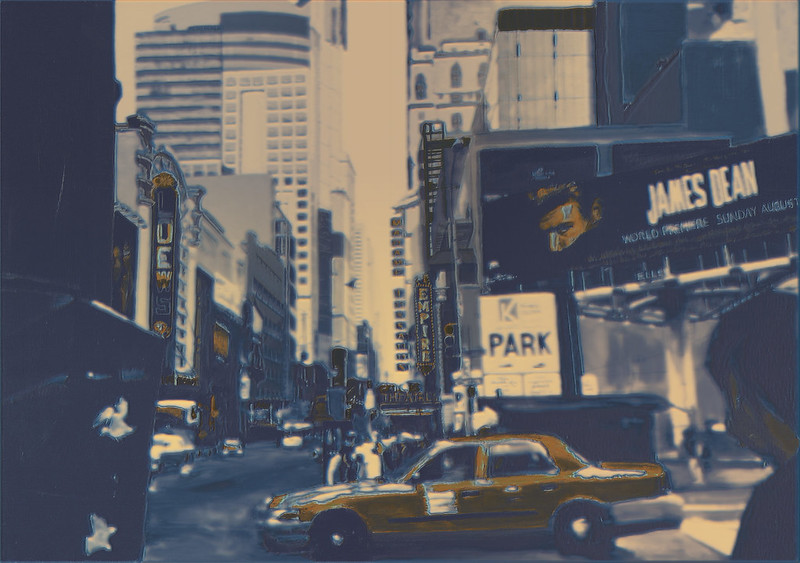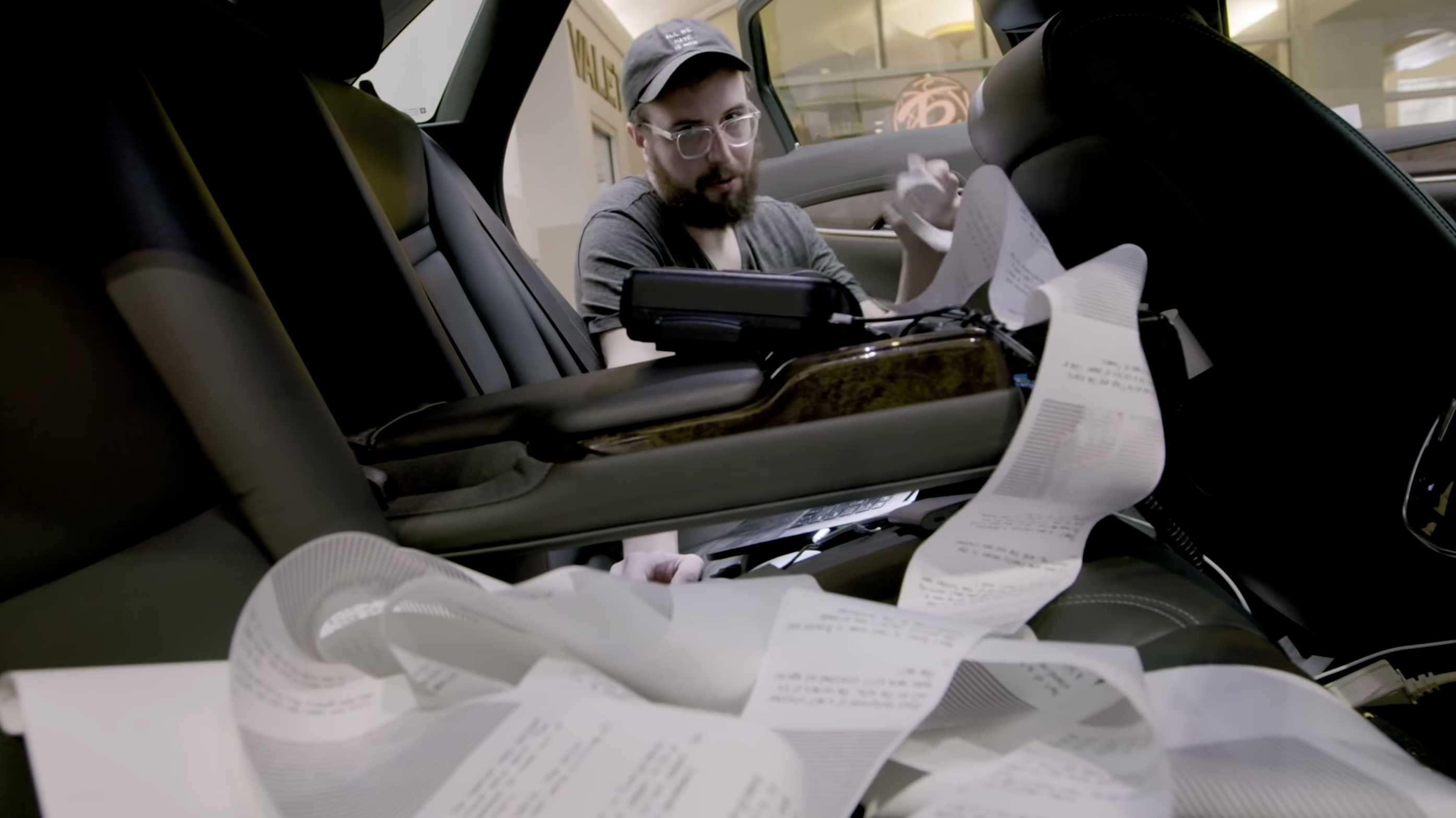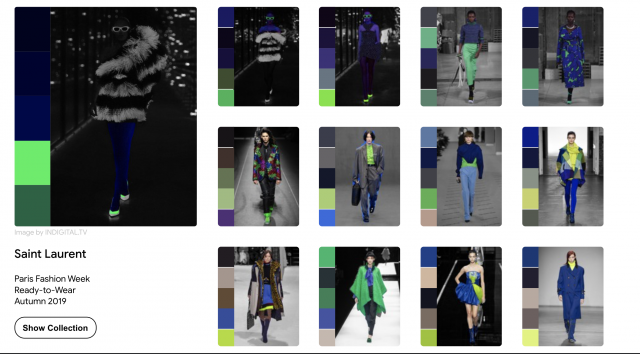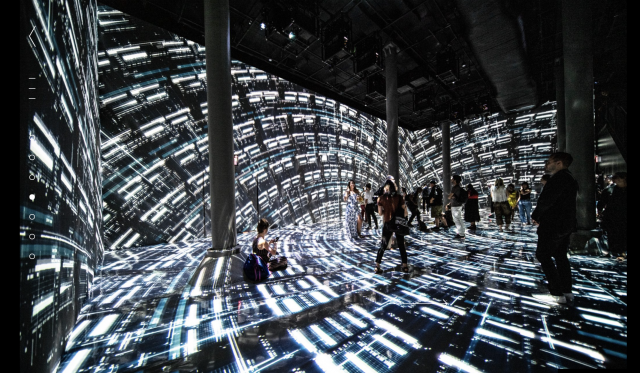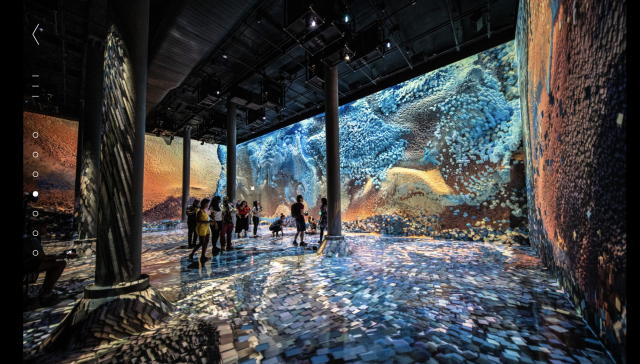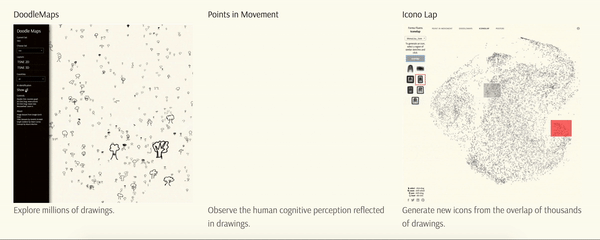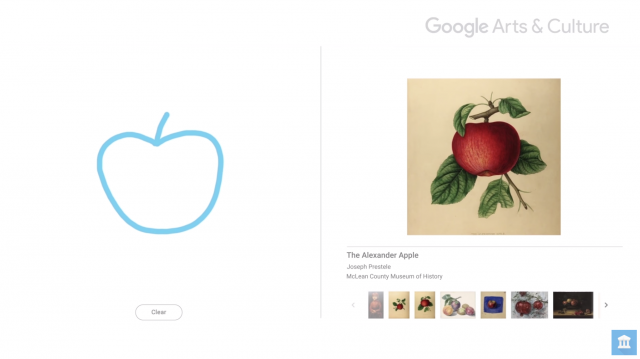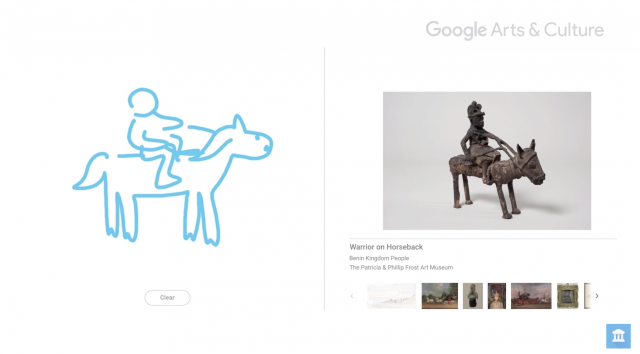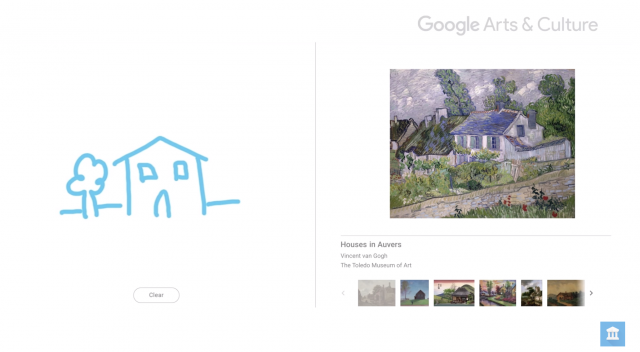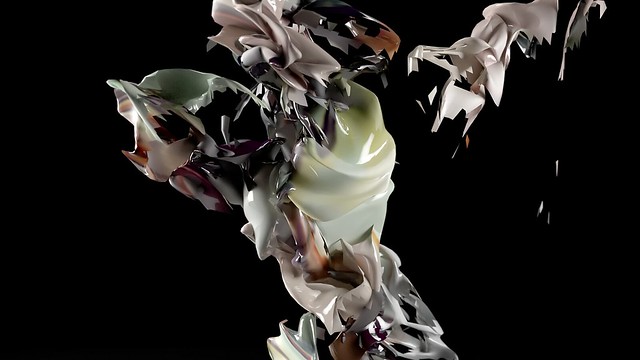
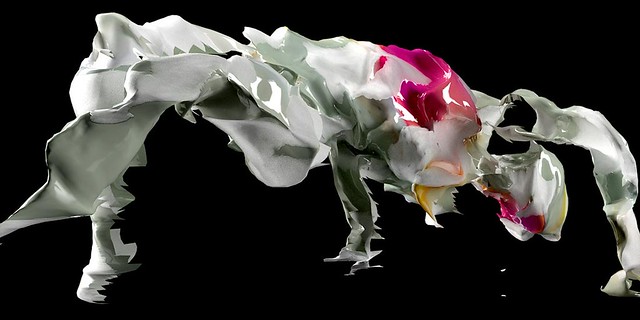
Blackberry Winter (2019) by Christian Mil Loclair is a project that generates human poses based upon human poses to show motion. This project really interests me because of the human yet unhuman quality of the images. I really love how the shiny ceramic contortions loosely form a human figure and how upon first glance, it’s hard to tell what the shapes are, but if you spend a second to observe what the figures represent, you can pick out a human shape. Additionally, I like how the shattered/hollow nature of the figure’s limbs further highlights how ephemeral movement is and creates a feeling of one motion blending into the next.
